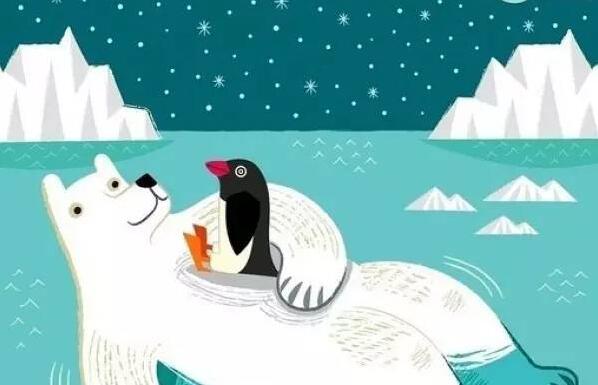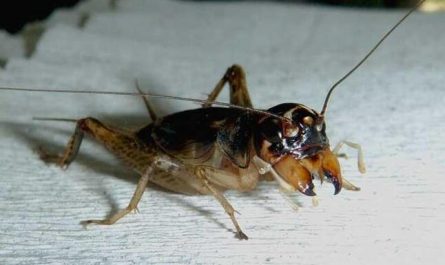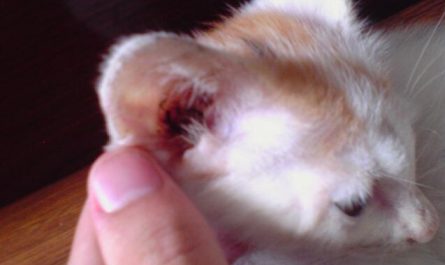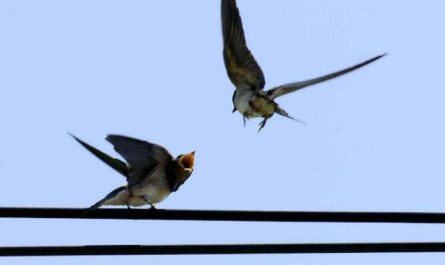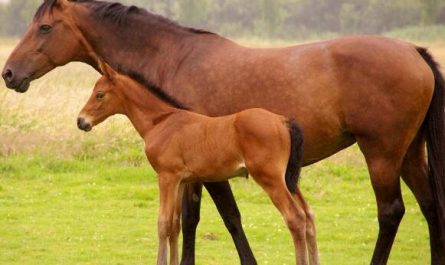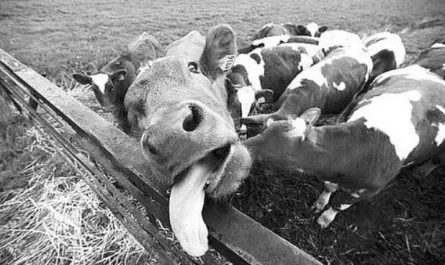Reasons why polar bears do not eat penguins
Penguins live in the Antarctic, and polar bears live in the North Pole! There is no chance to meet each other far away!
The South Pole and the North Pole are the highest latitudes on the planet, and they are also the coldest regions on the planet. But the Antarctic region and the Arctic region have different fauna. The Arctic has terrifying and ferocious polar bears; Antarctica has a large number of penguin families, and the waters near Antarctica are also cruising the world’s largest mammal, the D?D blue whale. However, careful readers will find that there are no penguins in the Arctic; and the Antarctic continent does not have the largest existing terrestrial carnivore commonly seen in the Arctic, the D?D polar bear. Why is that?
This question is closely related to the origin and evolution of bears, zoogeography, geology, glaciology and ecology. Although bears appeared late on the earth, they have developed rapidly. They were very prosperous in the Pliocene and Pleistocene epochs of 500 to D1 million years ago, and their footprints are almost everywhere in the world (except Antarctica).
The geographical distribution of animals is also closely related to the history of geological development. The natural geographical environment of the South and North Pole is obviously different. The Arctic is an ocean basin surrounded by continents. The terrestrial mammals and marine mammals on the Eurasian continent are closely related to the surrounding continental and marine life in the biological history, forming a fauna distributed around the Arctic.
Antarctica is completely different. Antarctica is a continent surrounded by the Pacific Ocean, the Indian Ocean, and the Atlantic Ocean. 300 million years ago, at the end of the Carboniferous and the beginning of the Permian, the entire landmass of the earth was once combined into two combined ancient land. About 250 million years ago, at the end of the Paleozoic era, the United Ancient Land began to split. By 60 million years ago, Antarctica was completely separated from the surrounding continents, and has since become an independent continent.
The appearance characteristics of the polar bear
The largest land carnivore today, the adult polar bear stands up to a height of 2.8 meters and a height of 1.6 meters at the shoulder. Male polar bears weigh 300-800 kg, and females 150-400 kg; fat will accumulate in large amounts before winter, and their weight can reach more than 800 kg. Bear paws can be up to 25 cm wide and bear claws can exceed 10 cm. Polar bears can run at a speed of 40 kilometers per hour and can swim 97 kilometers in the sea at a speed of 10 kilometers per hour.
Compared with brown bears, polar bears have longer heads and smaller faces, small and round ears, slender necks, wide feet, hairy limbs, and black skin, which can be seen from the polar bear’s nose, paw pads, lips and the dark skin around the eyes The original appearance of the skin, black skin helps to absorb heat, which is another good way to keep warm. The fur of the polar bear is a colorless and transparent hollow tube, which is usually white in appearance, but it may become pale yellow, brown or gray due to oxidation in summer.
The large feet of the polar bear make it possible to use the forefoot as a “paddle” to swim in the water, while the wide backfoot is used for walking on ice and snow; it has an extremely sensitive sense of smell and can capture a radius of 1 km or under ice and snow. The smell of 1 meter; because of eating a lot of fish, polar bears digest a large amount of vitamin A and store it in its liver, so eating the liver of polar bears can cause poisoning.
The image of polar bears will appear in countless cartoons. They are docile, honest, cute, and loyal. They are good partners of mankind. They sleep on the glacier as cute as a three-year-old child sleeping with a rag doll. But they sometimes slap their heads to express fear.
The polar bear is the largest carnivore in North America, weighing 1,800 pounds and can stand up to 10 feet. Every year, 20 to 90 people are attacked by polar bears. They have no natural enemies, but they can tear a 12-inch-thick airtight can with a 4-inch hole, just like peeling a banana.
